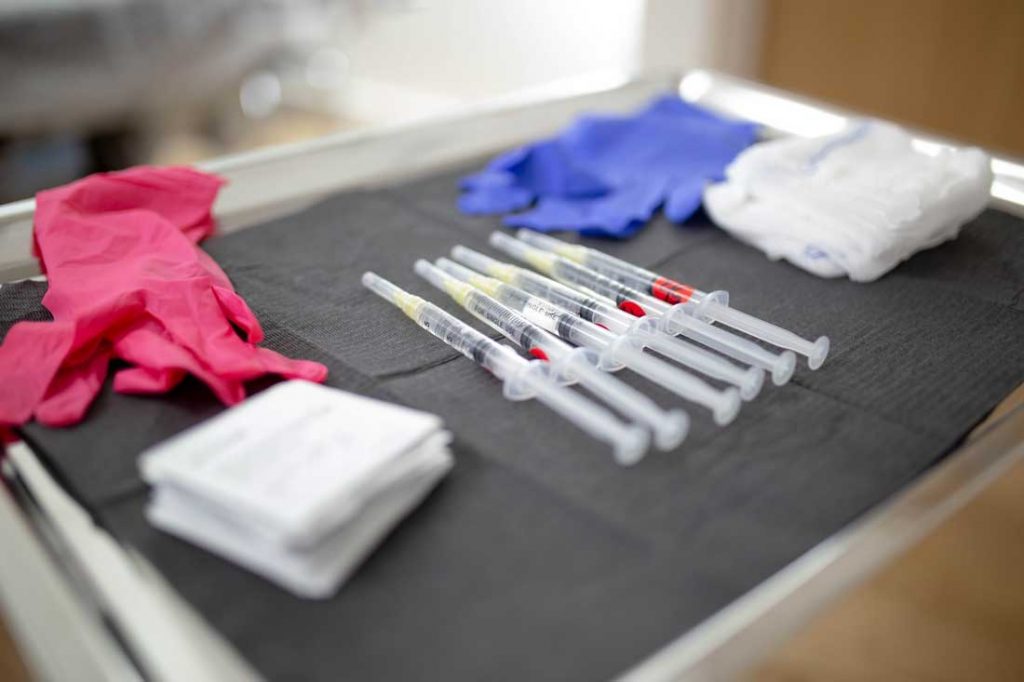Varicose veins are a cosmetic problem for most patients, but these can have serious complications if the right treatments and lifestyle changes are not considered. Find out everything you need to know about this condition.

What are varicose veins?
General information
Varicose veins, varicose veins or canvas veins affect one in five adults, with a higher incidence among women over 50 years of age. They are prominent veins - dilated, inflamed and blue - that appear on the surface of the skin, usually at the level of the lower limbs, in the area of the legs and thighs.
Varicose veins can also be located in the uterus or esophagus. Varicose veins located in the anus area are known as hemorrhoids and in turn affect over a quarter of the adult population. Other forms of varicose veins are telangiectations and reticulated veins, which have only cosmetic consequences, without being accompanied by other symptoms.
Varicose veins develop in men and women alike, but female gender is usually more affected, especially after menopause.
Causes and risk factors for the development of varicose veins
The appearance of varicose veins denotes a disorder of the circulatory system. Components of this system include veins, which have the role of conducting carbon dioxide blood to the heart and then to the lungs for oxygenation. The veins in the lower limbs work against gravity to raise the blood to the other organs, and for their mission to be successfully performed, the valves inside them need to function in optimal parameters.
When the valves deteriorate, the blood is raised with difficulty, stagnating and causing the size of the veins to grow and the development of varicose veins. The cause of venous valve damage is due to both hereditary factors and lifestyle issues.
The main trigger of varicose veins is genetic inheritance. Vein valves deteriorate faster due to decreased collagen production, a hereditary factor that is related to aspects inherited from parents. This is also the reason why varicose veins usually appear after reaching the age of 50, when collagen production slows down.
Varicose veins also develop due to a sedentary lifestyle and can be a consequence of obesity. At the same time, they also appear in certain professional categories such as nurses or waiters, professions that involve the extended standing state.
Pregnant women are more exposed to this condition both because of weight gain and because of the natural hormonal changes that the body goes through during pregnancy. Hormonal changes cause relaxation of the venous walls and increase of blood volume, so that they affect the circulatory system. For the same reason, women who have undergone specific changes in menopause are more likely to develop Spider Veins During Pregnancy.
Best Treatment For Spider Veins On Legs:
We are here to help you to get rid of the spider vein. We have a team of experts in Laser Treatment For Spider Veins On Legs.
A so called Laser Treatment For Spider Veins is the best solution for us to manage vein disorder. We can continue our daily work after 2-3 days after laser treatment for spider vein.
No comments:
Post a Comment